Embroidery is the art of decorating fabric material with the use of a needle and embroidery thread. Involving basic techniques such as needlepoint, cross-stitch, and quilting, modern embroidery has been on the rise for many years. While needlework is often known for its uses in upcycling clothes through stitching, it also decorates interior spaces, displaying its versatility as an art form. Embroidery allows artists to express themselves in new ways and has become a popular medium in the contemporary art world.
The ancient craftsmanship technique begins with the earliest surviving embroideries that date back to between the 5th and 3rd centuries BC. From Greek vase paintings, it seems apparent ancient Persians made strides in quilt-making and weaving, which was worn as armor during the Battle of Marathon, dating back to 490 BC. Whether for decorative or practical purposes, people practice embroidery all over the world across cultures and classes. Women of the Western upper-class would complete decorative embroidery while working-class women would focus on mending, quilting, and marking while practicing their style and needlework speed.
Hillary Waters Fayle is an artist who has studied textile traditions and processes and created a body of works that combine an interest in nature and human touch. Using found botanical materials such as leaves, Fayle produces work that inspires viewers to spend more time considering often overlooked objects. With varying amounts of needlework intervention, the artworks are delicate yet ruthless, reflecting our complicated relationship with nature.
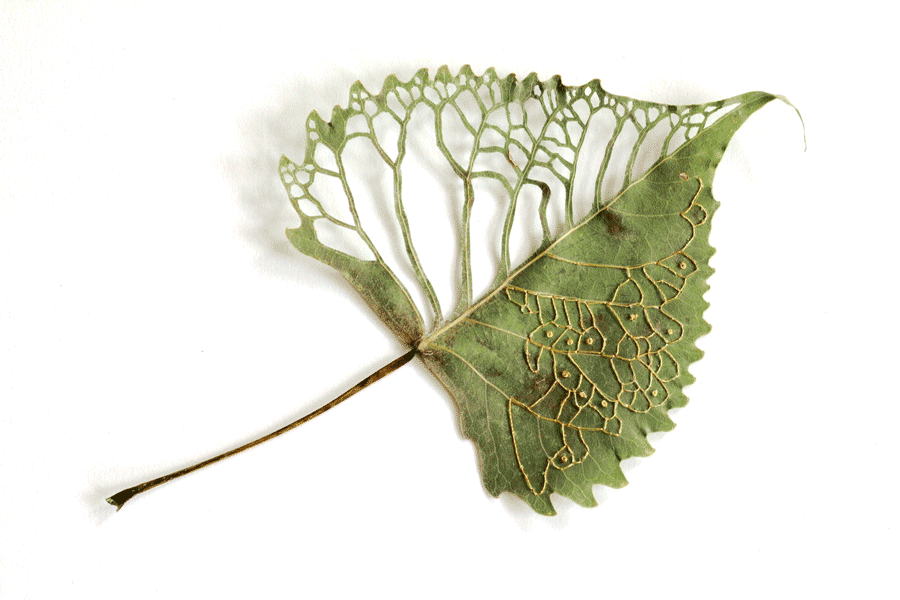
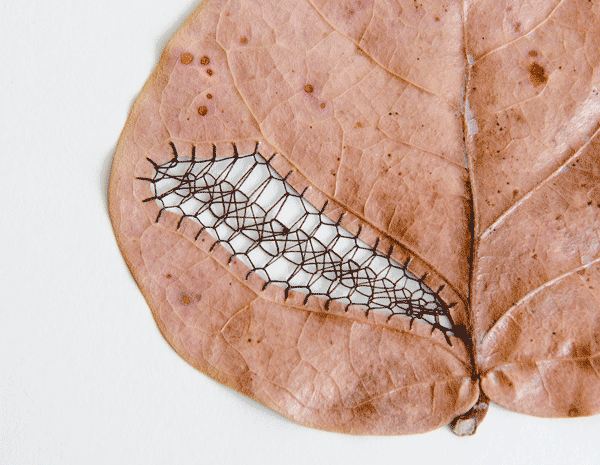
After World War I, needlework was used as therapy for veterans in the UK, New Zealand, and Australia who were experiencing shellshock. The Disabled Soldiers’ Embroidery Industry operated from 1918 until 1955, encouraging disabled veterans to return to the workforce by creating textiles. So, while not a new discovery, what is particularly interesting is embroidery’s growing popularity as mental health awareness has grown. As a practice of relaxation and disconnection, embroidery is highly meditative and offers serenity to busy minds. Focusing on such a creative yet technical task has been shown to lower levels of the stress hormone cortisol and creates healthy habits. The seemingly simple act of stitching permits individuals to make time for themselves, which is especially necessary nowadays in a world of shorter attention spans.
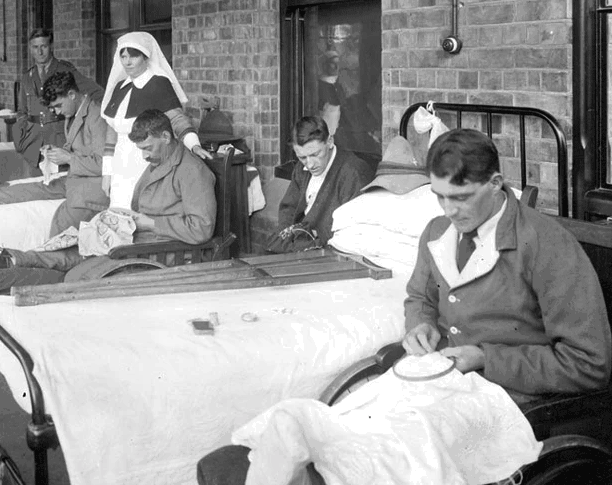
The development of sewing techniques and their decorative possibilities also contribute to the rise of embroidery art in luxury fashion. Tailoring, repairing, and reinforcing cloth are all processes that promote this development of sewing techniques. Some of the biggest names in luxury fashion, including Chanel and Alexander McQueen, use this method to create their one-of-a-kind pieces with an artistic and highly unique look. That said, embroidery is now found all over in the fashion world, embellishing everything from caps to coats and denim to dresses using pearls, beads, crystals, and even feathers.
One such artist that works with popular brand names is artist James Merry, who employs a highly unique approach in the creation of his work. Based in Iceland, Merry works by hand through a variety of mediums, drawing inspiration from Iceland’s nature. Considering himself an embroidery artist, he sources vintage logo pieces, such as Nike, Puma, or Adidas, and embroiders these pieces by hand. In doing so, the artist adds value to the garments with these highly intricate details that draw on images from nature. Embroidery allows Merry to preserve the ephemeral aspects of nature that would otherwise end up decomposing with time.
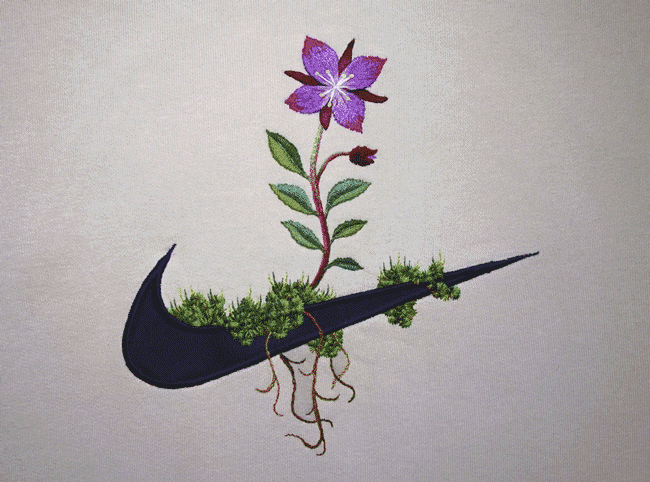
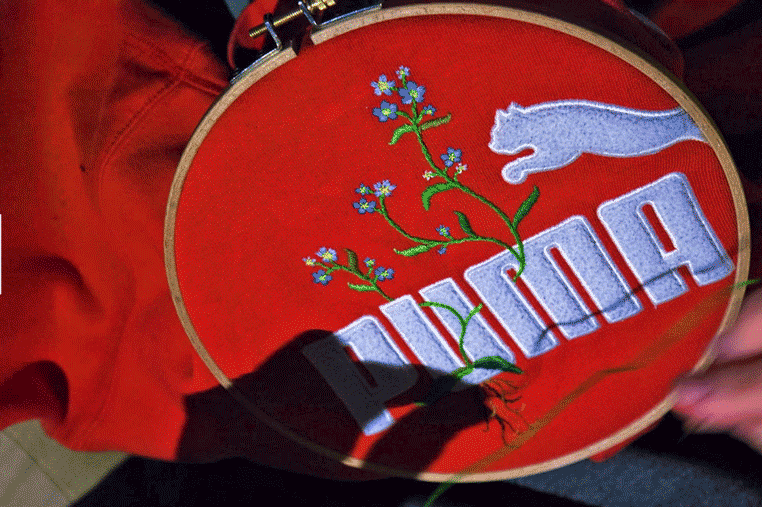
Embroidery art enthusiasts can also look to the work of Marisa Veerman, a mixed-media artist based in Brisbane. Combining photography, embroidery, and painterly wax, the moving body is a common theme in her work and can be seen below in Lily and Aurelia. Her works are sensitive and quiet, yet continue to draw the viewer in through the emotions they evoke.
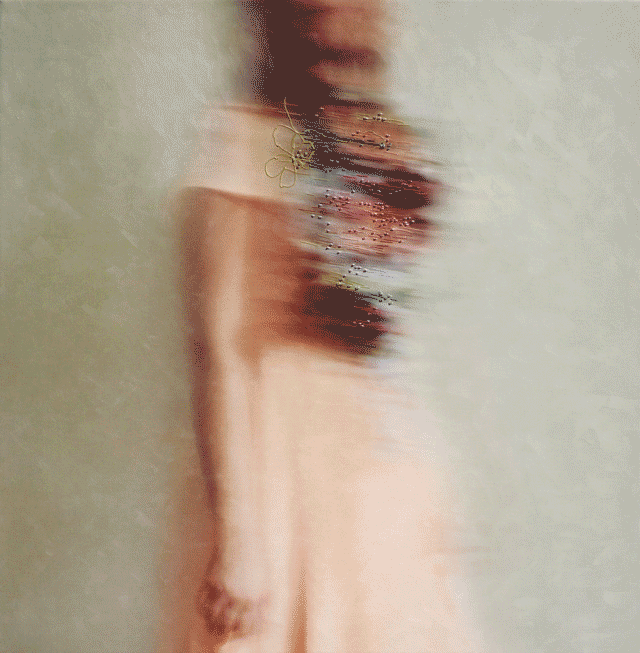
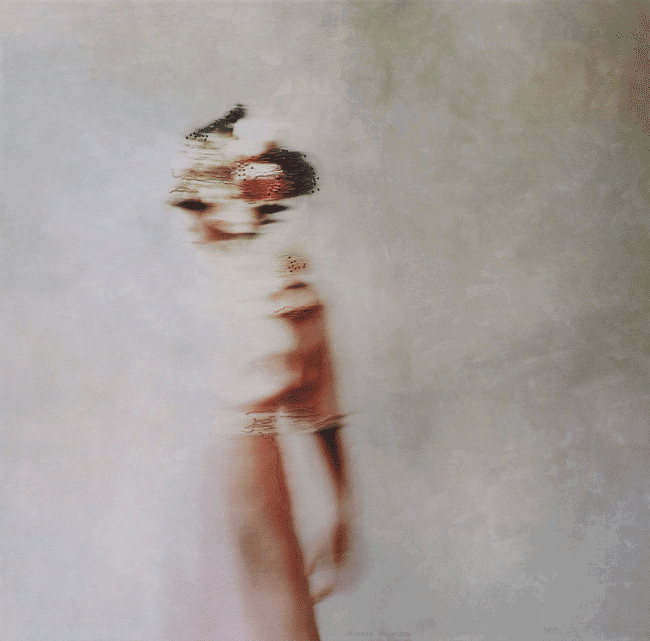
More about the artists’ works can be found on their respective social media accounts Hillary Waters Fayle, James Merry, and Marisa Veerman.
